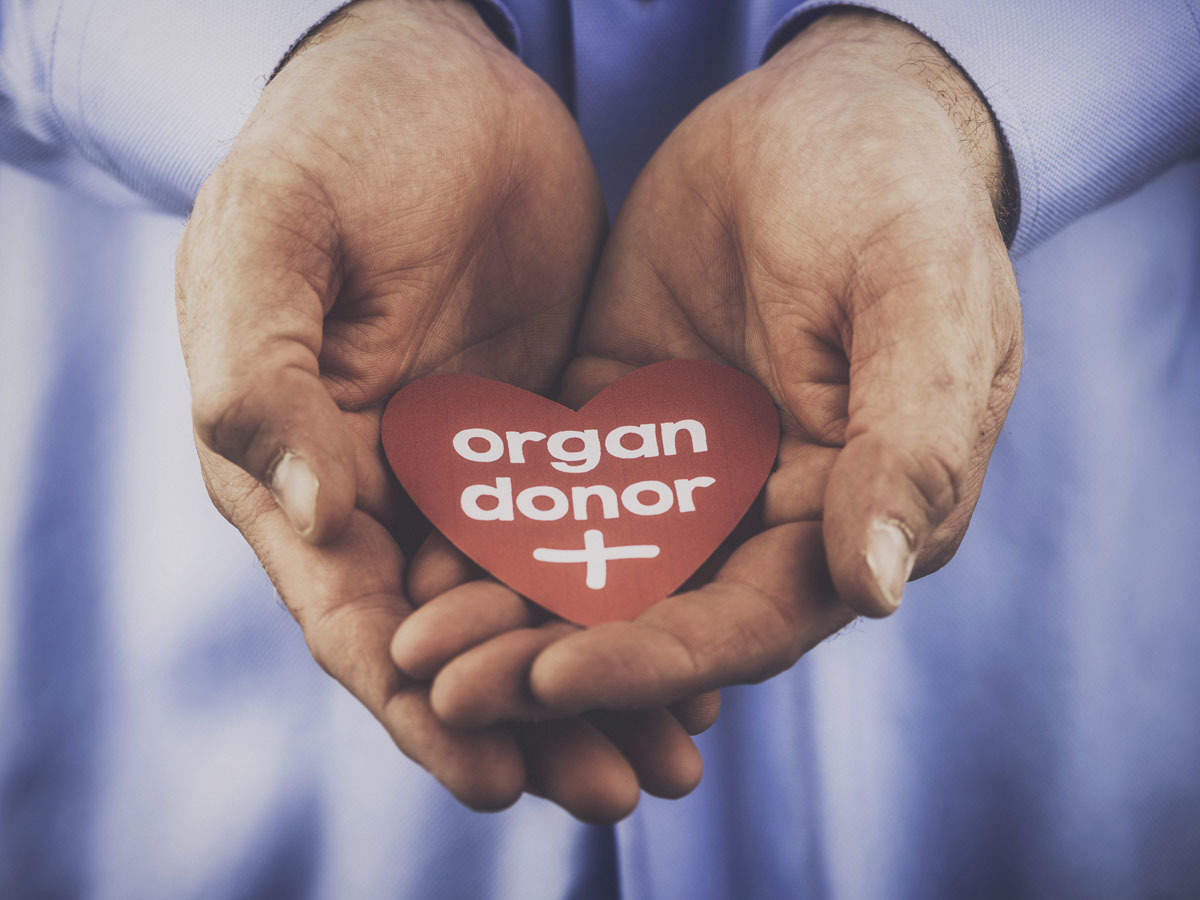The need for, and strategies to boost the low rate of cadaveric organ donations in India
– Dr. Akansha Misra and Dr. Haritha Saranga
The GODT data highlights that most of the transplants in India are still sourced from living donors. Further, cadaveric donors are the only source for organs like the heart. The rampant exploitation of living donors and related organ commerce is another compelling motivation for cadaveric organ transplants.

Data from the Global Observatory on Donation and Transplantation (GODT) shows an upward trend in
transplants in India until 2019, i.e., before the pandemic. In our country, the demand for organs outpaces the supply, resulting in almost half a million organ failure deaths annually, due to the sheer number of
patients on the waitlist. To reduce this mortality rate, transplants per year need to increase significantly. There is a strong international consensus on exploiting the cadaveric organ space to meet the spiralling demand. Cadaveric donors are patients who have suffered brain death but whose organs are suitable for
donation.
The GODT data highlights that most of the transplants in India are still sourced from living donors. For instance, out of the 9751 kidney transplants done in 2019, a mere 11.7 per cent were procured from cadaveric donors. Likewise, cadaveric donations comprised just 23 per cent of the 2592 liver transplants in 2019. In contrast, the global share of cadaveric donors for kidney and liver in the same year stands at 62.58 per cent and 76.6 per cent, respectively. Cadaveric donations are beneficial because one cadaver can donate up to eight organs. Further, cadaveric donors are the only source for organs like the heart. The rampant exploitation of living donors and related organ commerce is another compelling motivation for cadaveric organ transplants.
Most of the discourse on promoting and sustaining a cadaveric organ donation programme focuses on spreading awareness among the masses. Such awareness campaigns enhance public knowledge, clarify misconceptions on the subject, and serve as a medium to build public trust in the system. As important as awareness programmes are, equally important is to fully utilize the available potential cadaveric donors. The main stumbling block for India’s cadaveric organ donation programme is not just the “unavailability of potential donors” or “unwillingness to donate”. For instance, road accidents led to around 131,714 deaths in 2020, according to the Ministry of Road Transport & Highways. Several of these road accident victims could be potential donors, but these donations do not materialize due tolack of councillors who are well trained in approaching the grieving kin for donation. Research shows that people who decline to donate organs of their kin in the first instance may change their minds if pursued again.
Success of a cadaveric organ donation process therefore requires active participation from trained and motivated personnel at every stage. Also, coordination between donor hospital, state-appointed coordinating organization, and transplant hospital is essential in this time-constrained environment. Additionally, most hospitals where road accident victims are admitted do not have any mechanism to identify potential donors. The Transplantation of Human Organs Act (THOA) (2011 amendment) created the provision for organ retrieval centres. These non-transplant organ retrieval centres (NTORC) are hospitals that cannot carry out organ transplants but possess the infrastructure to identify donors and conduct organ recovery from cadavers. NTORCs are critical in a country like India, where the number of transplant centres is small and restricted to cities. The private NTORCs are monetarily compensated for
identifying and maintaining a cadaveric donor. However, the economic, administrative, and emotional effort involved in carrying out these tasks prohibits them from coming forward. On the contrary, in Spain, a world leader in cadaveric organ donations, smaller regional hospitals are the main contributors. In addition to a well-coordinated network, the Spanish model places a strong emphasis on training the staff.
Our research shows that, the state-level coordinating organization (CO) can play a crucial role here. If they acknowledge and support the hospitals’ efforts through upskilling and adequate compensation, the CO may be able to encourage them to become NTORCs. In fact, prior commitment by the CO, in terms of explicit budget allocation for training or recruitment of additional councillors encourages the NTORCs to exert higher effort and commitment towards organ recovery.
Also, stringent monitoring mechanisms must be placed to detect unauthorized dealings. Else, it would defeat the very purpose of promoting cadaveric organ donations. In fact, according to our research findings, the CO can make use of penalty in the unauthorised channel to induce hospitals to become NTORCs at a reimbursement fee lower than the compensation they receive in the unauthorised channel.
One drawback of the organ donation system is that, to date, the use of digital technology has been minimal or non-existent. The proposal to repurpose the Co-Win platform to increase the system transparency looks promising. It may also improve real-time coordination for matching organs and streamline administrative procedures.
Some argue that rather than relying on transplants, governments should focus on reducing instances of organ failures. Although this goal must be pursued, we must not ignore the present reality, and every measure must be taken to increase the supply of transplantable organs.
( By Akansha Misra, S P Jain Institute of Management and Research, Mumbai, India and Haritha Saranga, IIM Bangalore, Bangalore, India )
Source: Economic Times


